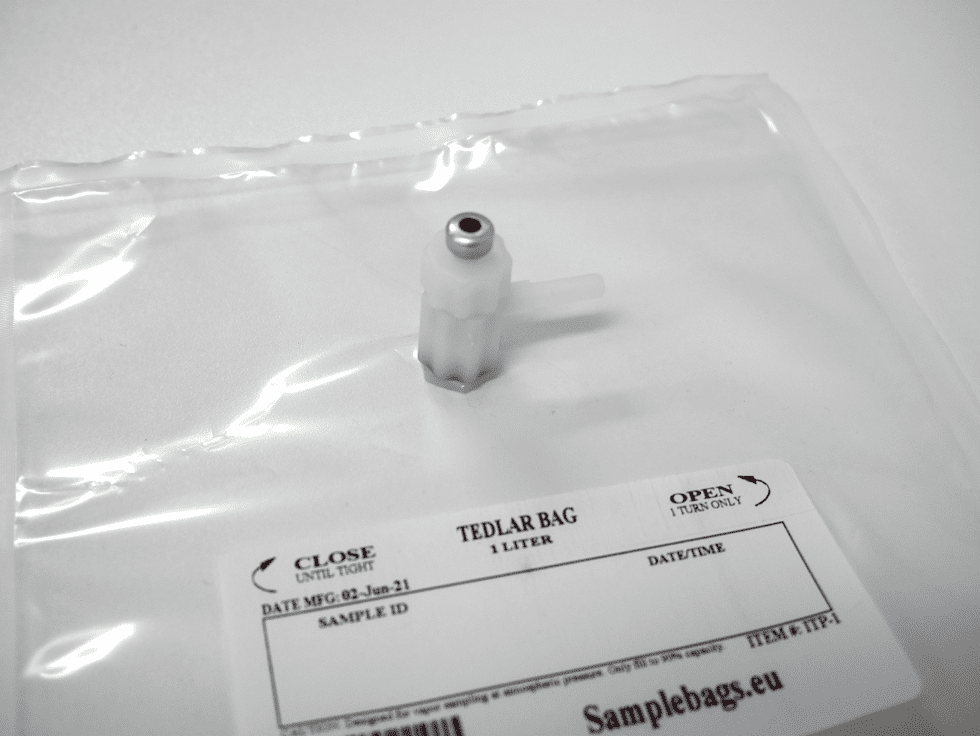
When you catch a whiff of freshly baked cookies, your mind might instantly flood with memories of childhood, warmth, and comfort. Conversely, the smell of spoiled food might trigger an immediate feeling of disgust. This emotional response to smells, whether positive or negative, is known as odor hedonic perception. But what exactly is this phenomenon, and why do certain smells evoke such strong emotional reactions?
Odor hedonic perception refers to the way individuals evaluate odors in terms of pleasantness or unpleasantness. In simple terms, it’s how our brain decides whether a smell is “good” or “bad.” This evaluation is not just a simple like or dislike; it’s deeply intertwined with our emotions, memories, and even cultural background.
The perception of odors is a complex process that starts in the nose and ends in the brain. When we inhale, odor molecules bind to olfactory receptors in the nasal cavity. These receptors send signals to the olfactory bulb, a structure located at the base of the brain. The olfactory bulb then processes these signals and relays them to various brain regions, including the limbic system, which is responsible for emotions and memory.
This close connection between the olfactory system and the brain’s emotional centers is why smells can evoke such strong feelings. The hedonic tone of an odor—whether it is perceived as pleasant or unpleasant—is influenced by several factors, including:
Understanding odor hedonic perception is important for several reasons:
In the world of scent, not all odors are created equal. Some smells bring us joy and comfort, while others can make us recoil in disgust. The diversity of human olfactory experiences can be quantified and studied using a tool known as the hedonic scale for odors. This scale helps researchers, product developers, and even marketers understand how people perceive and rate different smells in terms of pleasure or displeasure.
The hedonic scale for odors is a method used to measure the pleasantness or unpleasantness of a smell. It typically involves asking individuals to rate an odor on a numerical scale that ranges from highly unpleasant to highly pleasant. This subjective assessment allows researchers to quantify the hedonic value—or emotional response—associated with specific scents.
The scale can range from -10 to +10, with:
Various scales have been developed to visualize the hedonic scale. For example, there is also a 5-point hedonic scale and 9-point hedonic scales.
While the hedonic scale is a valuable tool, it is important to recognize its subjective nature. Perceptions of odor can vary widely between individuals due to factors such as personal experience, genetics, and even the context in which the smell is encountered. For instance, the smell of gasoline might be unpleasant to some but nostalgic or even pleasant to others who associate it with specific memories.
Moreover, the scale’s simplicity, while advantageous for ease of use, can sometimes limit the depth of understanding. For example, a +7 rating for a floral scent might tell us that the odor is generally pleasant, but it doesn’t capture the nuances of why it is perceived as pleasant—is it the freshness, the sweetness, or the association with a particular environment?
The concept of an odor hedonic profile helps to encapsulate these varied emotional responses to different odors, offering a more detailed picture of how individuals or groups perceive and rate different smells.
An odor hedonic profile (OHP) is a detailed characterization of how an individual or a group perceives the pleasantness or unpleasantness of a range of odors. This profile is typically constructed by having participants rate multiple odors on a hedonic scale, which measures the degree of pleasure or displeasure associated with each scent.
The profile provides a visual or numerical representation of these ratings, offering insights into the specific preferences or aversions an individual or population might have toward certain smells. It is a valuable tool in various fields, including sensory science, product development, environmental studies, and clinical diagnostics.
Odor hedonic perception is a critical aspect of olfactory research, where the goal is to understand how individuals perceive smells in terms of pleasantness or unpleasantness. One of the popular tools used in this research is the ODOFIN Sniffin’ Sticks test, a standardized and widely recognized method for assessing olfactory function, including hedonic perception.
The newly developed test is called Sniffin’ Sticks Parosmia Test (SSParoT). SSParoT uses hedonic estimates of two oppositely valenced odors (pleasant and unpleasant) to assess hedonic range (HR) and hedonic direction (HD), which represent qualitative olfactory perception. HR is defined as the perceivable hedonic distance between two oppositely valenced odors, while HD serves as an indicator for overall hedonic perception of odors. Eleven odor pairs were found to be suitable for estimation of HR and HD. Analysis showed agreement between test–retest sessions for all odor pairs. SSparoT might emerge as a valuable tool to assess qualitative olfactory function in health and disease. Read more about this subject in this article on Nature.com.
Want more information about the SSParoT test, please click on the following item in our webshop:
Worldwide delivery, click here for the transport costs.
Delivery on account is possible. Contact us for a quote or order directly via the webshop.
Contact via info@medi-sense.nl or +31 (0)6 27899756
Various payment options are available such as iDeal, Sofort, BanContact and PayPal.